Allergies in children if not detected and treated properly will seriously affect the baby’s health. Let’s learn 5 common types of allergies in children as well as the causes and treatment of each type through the article below.
What is allergy in children?
Allergy in children is an overreaction of the immune system to eating, breathing, injecting/stinging, or touching something that can cause an allergic reaction. Children’s allergies come in many forms, which can affect different parts of the body, leading to different manifestations.
5 Most Common Types of Allergies in Children
1. Atopic Dermatitis (Atopic Eczema)
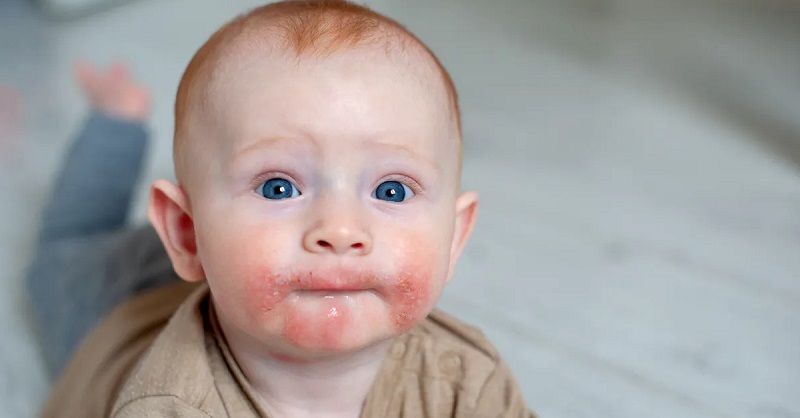
Atopic Dermatitis, also known as eczema, is one of the most common types of allergies in children. This is a damaged skin barrier that makes it more susceptible to dehydration and becoming drier. External bacteria also have conditions to enter, causing blisters and red bumps that make babies itchy.
The most common manifestation of the disease is a rash, patches of red skin, blisters, edema, scaly skin. The disease usually appears in areas such as the cheeks, forehead, and chin young. If worse, it can spread to the arms, body. At different stages, the disease will have different manifestations.
Atopic dermatitis in children, if present, usually occurs in babies from 3 months of age and can last up to about 5 years. For older children, the incidence of atopic dermatitis is low (usually only 10%). Most of these childhood allergies usually go away in adulthood. Some special cases of atopic dermatitis recur many times, affecting the life and psychology of the child.
The cause of this type of allergy in this child is mainly genetic. If a family member, especially a child’s father or mother, had atopic dermatitis as a child, the baby is also at higher risk for atopic dermatitis.
In addition, the cause can also be caused by external factors such as waste from the environment, allergies to clothes, cloth, fragrance or food allergies, milk allergies.
Atopic dermatitis is one of the most common types of childhood allergies. However, if not treated in time, it can leave many serious consequences such as: leaving permanent scarring on the baby’s body, causing the baby to have low self-esteem, affecting later life. In addition, the disease can also affect the digestive system, causing the baby to lose appetite, leading to malnutrition. Severe illness can also affect the nervous system of the baby. Therefore, it is necessary to bring the baby to the doctor for advice and proper treatment.
2. Allergic Rhinitis and Allergic Conjunctivitis
Allergic rhinitis and allergic conjunctivitis are common childhood allergies including:
Allergic rhinitis in children is an inflammation of the lining inside the nose (mucosa) due to allergies when exposed to external agents and inside the body. The body then releases histamine, which causes swelling, itching, and fluid accumulation in the nose. This can happen year-round or occur seasonally.
In particular, in areas with a tropical climate like the North of our country, the two seasons easily cause babies to get allergic rhinitis, especially spring and winter. At this time, the pollen is more dispersed and the humidity is high in the air, causing the mold to grow.
The cause of allergic rhinitis in young children is mainly due to the reaction of the baby’s body to foreign objects from the external environment such as weather changes, dust, pollen, dogs and cats. In particular, children with atopic allergies are likely to have allergic rhinitis.
Allergic rhinitis, although the symptoms are not severe, often makes babies feel uncomfortable, affecting their daily life and activities. Some symptoms when children have allergic rhinitis such as sneezing, itchy nose, stuffy nose, runny nose, etc.
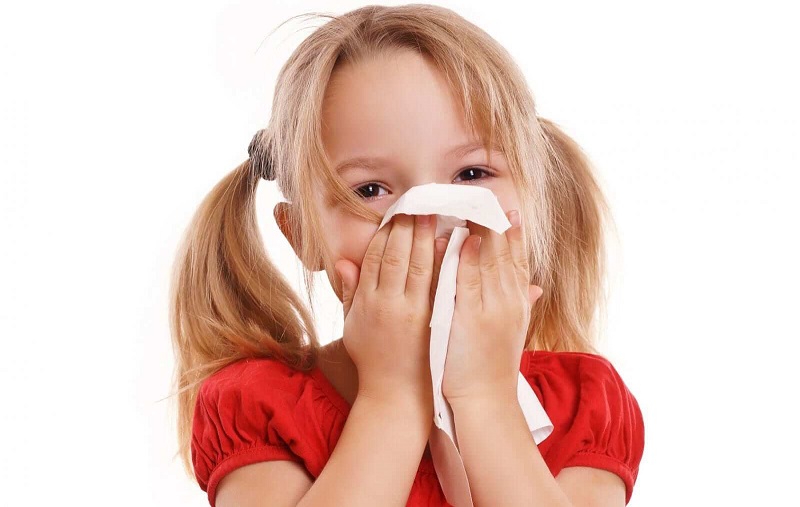
Allergic conjunctivitis occurs because the eye is exposed to certain allergens (allergens), causing the conjunctiva to be irritated. Some of the symptoms of allergic conjunctivitis in a child include watery eyes, itchy eyes, and redness or swelling, or maybe pain. Despite the unpleasant symptoms, allergic conjunctivitis is less of a danger to vision, often only temporarily blurring the eyes. Especially unlike diseases like red-eye pain, allergic conjunctivitis is completely non-infectious. This type of allergy also usually occurs according to the seasons or can occur all year round.
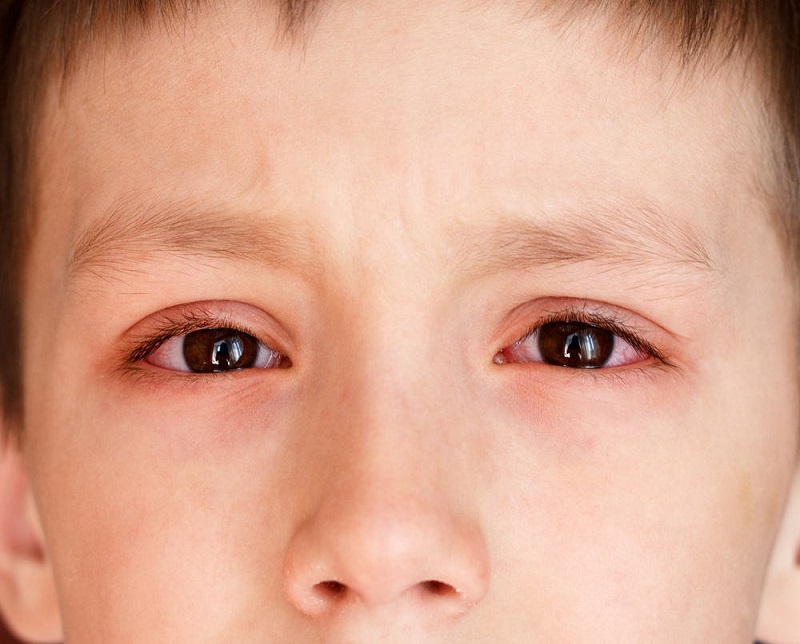
3. Food Allergy in Children
Another common infant allergy is a food allergy, especially in nursing babies, it may be a milk allergy. Food allergy is generally a symptom of the body’s immune system when it comes to “strange” ingredients in the food that cause a reaction. Children with atopic allergies are also more likely to have a food allergy.
Expression, when a baby has a food allergy, is very diverse, but mainly there are 3 main manifestations as follows:
- Symptoms related to the gastrointestinal tract such as loose stools, nausea, vomiting, stomach pain.
- Skin manifestations such as erythema inside or around the mouth, swelling of the lips, facial edema.
- Expression in the eyes and nose areas such as watery eyes, stuffy nose, itchy nose.
Some severe allergies can cause bronchospasm, drop blood pressure, the glottis. These symptoms usually progress very quickly, which can be life-threatening if it is not treated timely.
With a food allergy, most babies will show early symptoms. However, there are still some cases where children show symptoms late, perhaps several days after eating food, so parents need to monitor the baby carefully. If there are abnormal signs, it is necessary to bring them to medical facilities as soon as possible.
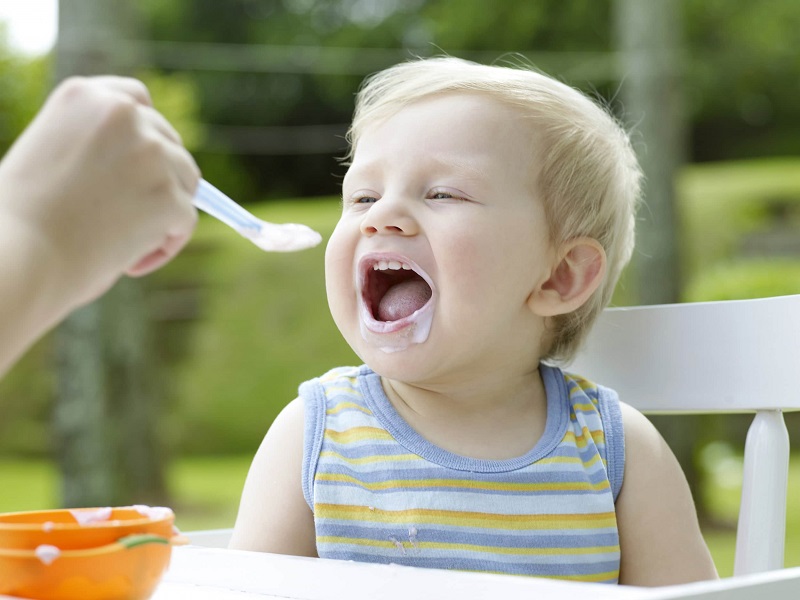
4. Asthma
Asthma is one of the respiratory diseases in young children. There are many causes of bronchial asthma in young children, one of which is due to the baby’s home and environmental factors that make the condition worse.
Children with bronchial asthma often have symptoms such as frequent coughing even when they are sleeping or may cough more in cold weather or when they are active wheezing chest tightness or congestion. These symptoms can cause difficulty sleeping in the baby, respiratory tract infection, fatigue, affect the baby’s daily life, and activities.
To be able to find the exact cause need to conduct tests to find the allergens that cause asthma in children. There is also a need to explore family history to see if someone has a family history of asthma or not. When you see a child with the above health signs, it is necessary to bring him to a doctor for prompt examination and treatment.
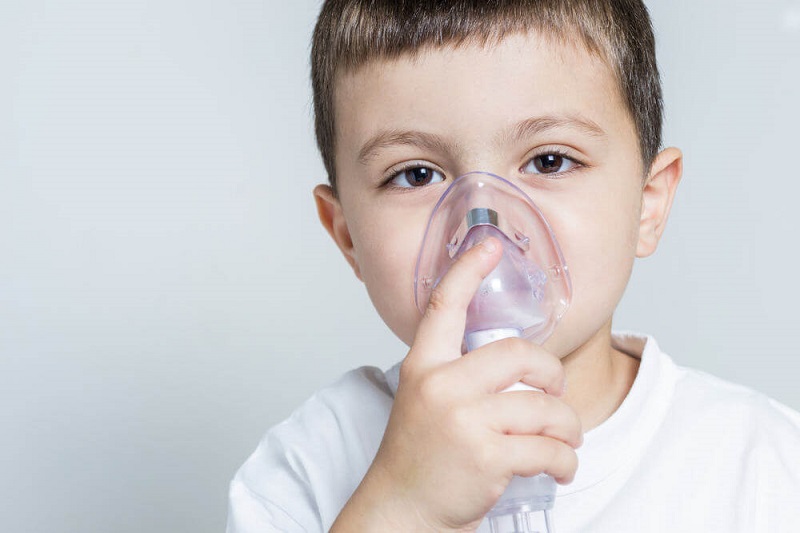
5. Acute Urticaria and Chronic Urticaria
Urticaria is a type of childhood allergy that occurs as a result of the body being exposed to foreign allergens, or it can also occur in the presence of these allergies. Common urticaria is divided into two types: acute urticaria (short-term urticaria that usually reacts in 24 hours and can last up to 6 weeks) and chronic urticaria (which exists for a long time, the time that remains on the body for more than 6 weeks is considered chronic urticaria. In addition, there are a number of other forms such as physical urticaria, angioedema, contact urticaria, urticaria vasculitis.
When children with urticaria need to be examined and tested for allergens or a blood test to find out the cause and appropriate treatment. Urticaria can also go away on its own, but in severe and prolonged cases it may be necessary to use oral or injectable drugs.
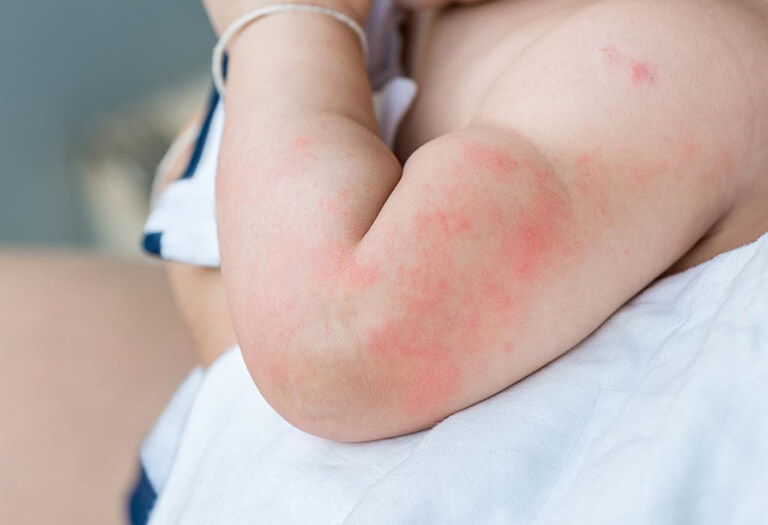
Childhood allergies are a common condition but should be monitored and treated early enough to not leave unfortunate consequences. When children have signs of allergy on parents need to take them to specialized medical facilities to find the cause and give appropriate treatment. Absolutely do not arbitrarily give any drug to children without the consent of a doctor. Should choose reputable medical facilities, fully equipped with modern equipment to get the most accurate diagnosis.
The site cannot and does not contain medical advice. The medical information is provided for general informational and educational purposes only and is not a substitute for professional advice. Accordingly, before taking any actions based upon such information, we encourage you to consult with the appropriate professionals.

 1900 1717
1900 1717 